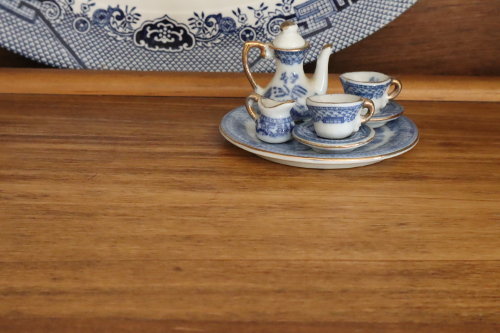This post is part of a series entitled A Year With My Camera.
Lesson 2.3 in my own words
- The last several lessons focused on thinking about the subject. This lessons focuses on the whole frame, i.e. putting the subject into context.
- 4 composition principles:
- 3s and 5s - slight asymmetry is aesthetically pleasing to humans.
- Fill the frame - no foreground and background. Makes a more abstract presentation.
- Symmetry - can be horizontal, vertical, or diagonal.
- Diagonals - add tension and interest to a photograph.
This week's project
Using viewpoint (good foreground/subject/background balance) and a single focal point, think about how an image works in the frame. Choose at least
one of the four composition techniques and create a thoughtful, aesthetically pleasing photograph.
 |
| 3s and 5s |
 |
| Fill the frame |
 |
| Symmetry |
 |
| Diagonals |
What I learned
For drawing and painting, compositions can be pieced together. For a still life, I can add another apple, or move the pottery pitcher to the left or right as I compose the composition. With nature photography, I had to be more thoughtful about it. I had to find more "ready made" compositions that fit one of the four composition principles. So even though the concepts are easy to understand, finding them as pleasing compositions in nature was challenging. For example, finding symmetry. I had to really think about it and look around.
In looking back over my photos, there seems to be some overlap in the principles we were supposed to focus on. I think, in part, this was because I had trouble mentally focusing on the frame rather than the subject. This exercise helped me realize that even though I can understand concepts in one way, doesn't mean there aren't more ways to explore and understand.























